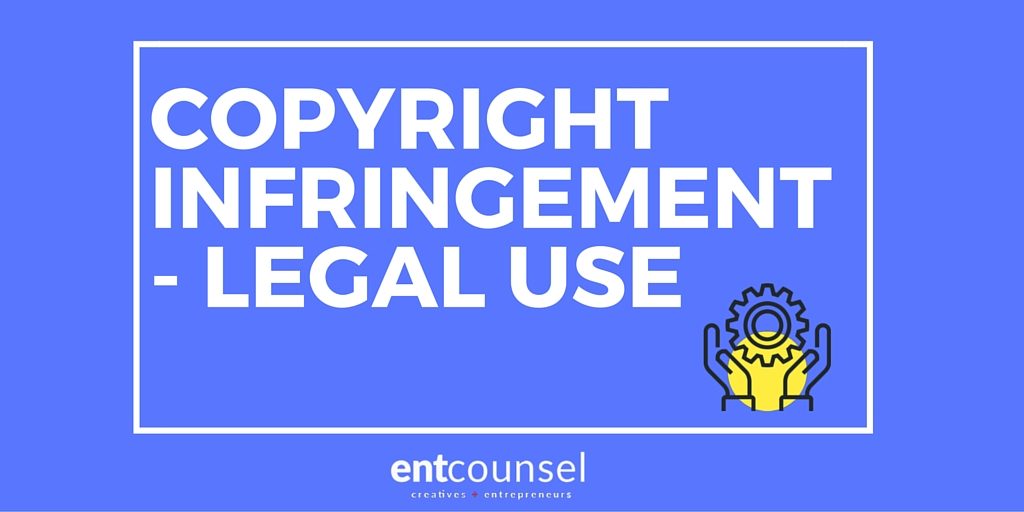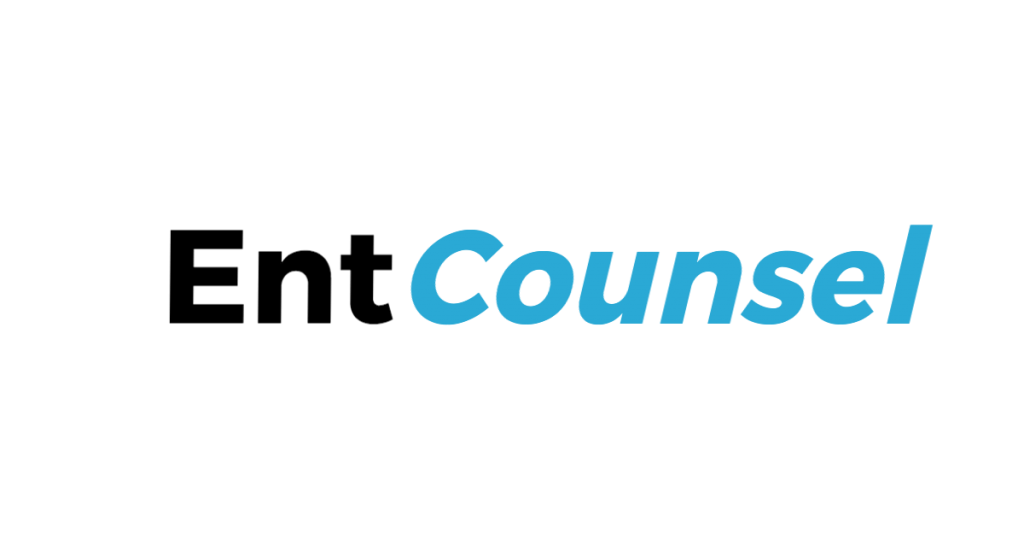Copyright infringement is a serious matter and there are ways in which you may lawfully use a copyright protected work. You must obtain permission or authorization from a copyright owner in order to use or exploit any rights that only the copyright owner has pursuant to the Copyright Act. Other means of using copyright protected work besides contacting the copyright owner or rights holder are discussed in this article.
The Copyright Act states in section 27 that it is an infringement of copyright for any person to do, without the consent of the owner of the copyright, anything that by this Act only the owner of the copyright has to do. Copyright is infringed when the whole or a substantial part of a copyrighted work has been copied without the consent of the copyright owner.
A copyright owner has the exclusive right to reproduce or grant permission to reproduce. Therefore, the reproduction of a work without permission by the copyright owner is considered infringement unless it falls into ones of the exceptions (e.g. fair dealing) or if permission is obtained from the copyright owner.
How to Avoid Copyright Infringement?
Obtain Licence from a Collective Society
Obtaining a licence from a copyright collective society is probably the easiest and most effective means. The Copyright Act clearly states that the owner of a copyright may assign or licence copyright, either wholly or partially. A
An assignment or licence must be in writing. A licence gives someone permission to use the work under certain conditions. The may be limitations on the licence such as territory, right, medium, market sector or the term of the licence. S.13 (4). Most collectives have members sign an agreement with them giving permission to licence their works on their behalf on a non-exclusive basis. This means that the copyright owner still retains copyright.
The copyright collective does not own the copyright but merely, administers their copyright on their behalf by licensing and collecting royalties for the reproduction of their work on their behalf. Collective Societies include:
- Literary Works – Access Copyright
- Dramatic Works – Playwrights Guild of Canada (PGC)
- Artistic Works – Canadian Artists Representation Copyright Collective (CARCC) and SODRAC.
- Musical Works
- Music Videos – AVLA
- Levy on Blank Audio Recording Media – The Canadian Private Copyright Collective (CPCC/Société canadienne de perception de la copie privée (SCPCP)
- Neighbouring rights – Re: Sound
- Sound Recording Reproduction Right – Audio Visual Licensing Agency (AVLA) now known as Connect Music
- Sounds Recordings
- Sheet Music
- Audiovisual Reproduction
- Audio Reproduction
- Musical Reproduction Right – Canadian Musical Reproduction Rights Agency Limited
- Public Performance rights – SOCAN
Obtain Licence/Permission directly from Copyright Owner to Avoid Copyright Infringement
Contacting the copyright owner for permission to licence the use of the work mean reaching out to them directly for permission.
Copyright Registration Database Searches
The CIPO Canadian Copyrights Database has copyrights registered from October 1, 1991.
Website Terms and Conditions/Permissions
In some cases permission may already be provided in advance through a permission notice For instance, see the website notice (see Ontario government website)
Avoid Copyright Infringement By Regulation
Federal statutes and regulations and the decisions of courts and tribunals can be copied without permission or payment of a fee
Reproduction of Federal Law Order (see handout) which states that “anyone may, without charge or request for permission, reproduce enactments and consolidations of enactments of the Government of Canada, and decisions and reasons for decisions of federally-constituted courts and administrative tribunals, provided due diligence is exercised in ensuring the accuracy of the materials reproduced and the reproduction is not represented as an official version”.
Creative Commons Licence
You can use work that has a Creative Commons Licence. You can view the licence deed and licence code on the Creative Commons website. Currently, there are about six types of licences.
1) Attribution – CC BY –
This license lets others distribute, remix, tweak, and build upon your work, even commercially, as long as they credit you for the original creation. This is the most accommodating of licenses offered. Recommended for maximum dissemination and use of licensed materials.
2) Attribution-ShareAlike – CC BY-SA –
This license lets others remix, tweak, and build upon your work even for commercial purposes, as long as they credit you and license their new creations under the identical terms. This license is often compared to “copyleft” free and open source software licenses. All new works based on yours will carry the same license, so any derivatives will also allow commercial use. This is the license used by Wikipedia, and is recommended for materials that would benefit from incorporating content from Wikipedia and similarly licensed projects.
3) Attribution-NoDerivs CC BY-ND
This license allows for redistribution, commercial and non-commercial, as long as it is passed along unchanged and in whole, with credit to you.
4) Attribution-NonCommercial – CC BY-NC
This license lets others remix, tweak, and build upon your work non-commercially, and although their new works must also acknowledge you and be non-commercial, they don’t have to license their derivative works on the same terms.
5) Attribution-NonCommercial-ShareAlike – CC BY-NC-SA
This license lets others remix, tweak, and build upon your work non-commercially, as long as they credit you and license their new creations under the identical terms.
6) Attrbution-NonCommercial-NoDerivs – CC BY-NC-ND
This license is the most restrictive of our six main licenses, only allowing others to download your works and share them with others as long as they credit you, but they can’t change them in any way or use them commercially.
Unlocatable Copyright Owner
Section 77(1) of the Copyright Act provides that you can apply to the Copyright Board for permission to use a work for an unlocatable copyright owner.
The Copyright Board may give you permission for usage within certain rights in Canada and have a great Information Brochure on Unlocatable Copyright Owners.
You must submit an application for a Licence to Use a Work for Which the Copyright Owner is Unlocatable and provide information such as:
- Any Additional Information
- Efforts Make to Locate Copyright Owner
- efforts made to contact collective societies, publishers, websites, individuals, organization, companies and other sources
- Date and Period for When Licence is Required
- Details of Your Project along with where you are intending to distribute and sell such work.
- Proposed Use of the Work
- Description of the Work
- type
- title
- whether work has been published
- author (artists, creator, writer etc.)
- If the author is deceased, date of death
- The nationality of the author
- Year of publication
- Publisher
- Producer
- Etc.
- Application Information and Contact Info
Google Searches
When doing a Google search for images or photographs to use, click on “Settings” and then “Advanced Search” and then “usage rights”. You will be given various options below and make sure you click on the appropriate permissions so that Google will only reveal search results relating to the usage rights you are seeking.
- not filtered by licence
- free to use or share
- free to use or share, even commercially
- free to use share or modify
- free to use, share or modify, even commercially
Ontario Government Policies on Copying
The Government of Ontario has a standard policy on the copyright on legal materials (see handout). Although the Ontario government claims copyright in Ontario statutes, regulations and judicial decisions, they permit anyone to copy without permission or charge. They require that a copyright notice be given as
Copyright Queen’s Printer for Ontario, 201_. This is an unofficial version of Government of Ontario
Fair Dealing Exceptions
Ensure that the copying falls under one of the exceptions under the Copyright Act which you can read more about in our article on Fair Dealing.
Insubstantial Copying is Not Copyright Infringement
Don’t copy a substantial part. Insubstantial copying does not constitute copyright infringement. Eg. Reproducing a quotation is probably considered an insubstantial taking, but copying a poem in a book of poems would be considered substantial. The Copyright Act does not define what a “substantial part” is.
The courts have defined a substantial part of a work as a question of fact in which both qualitative and quantitative factors must be considered. More emphases is given on the qualitative factors. Some of these factors include:
- the quality and quantity of the material taken
- the extent to which the defendant’s use adversely affects the plaintiff’s activities and diminishes the value of the plaintiff’s copyright
- whether the material taken is the proper subject-matter of a copyright
- whether the defendant intentionally appropriated the plaintiff’s work to save time and effort; and
- whether the material taken is used in the same or similar fashion as the plaintiff. (UR Tax services case).
Facts/Ideas
The use of facts, ideas or concepts is not copyright infringement. It is the expression of those facts, ideas or concepts which gives it copyright.
Public Domain
Ensure that the work is in the public domain as public domain works do not constitute copyright infringement.
Don’t copy
© Entcounsel. 2018.



